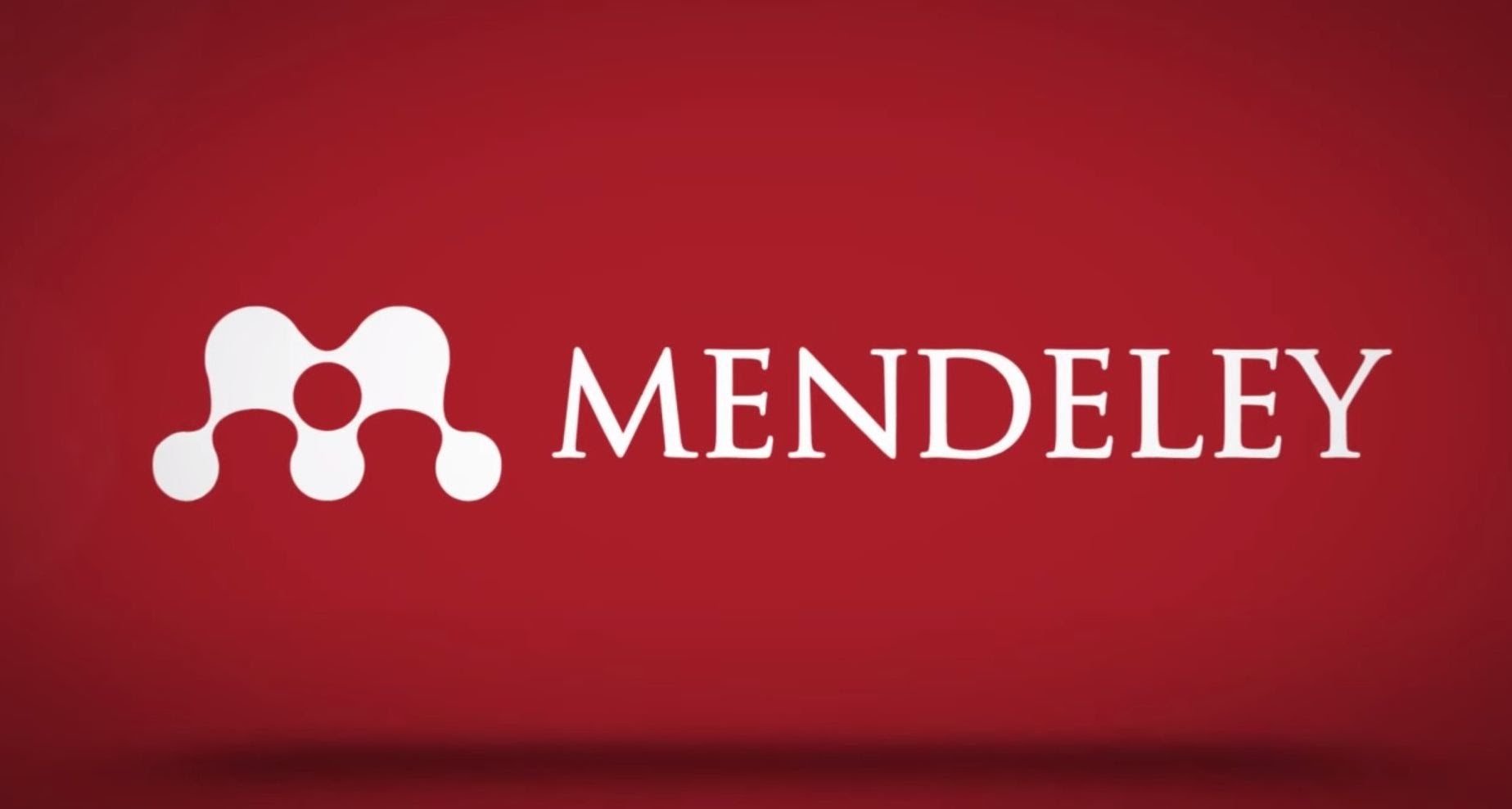
AUTHOR GUIDLINES
Submission Prepapation
As part of the submission process, authors are required to check off their submission's compliance with all of the following items, and submissions may be returned to authors that do not adhere to these guidelines.
- The submission has not been previously published.
- The manuscript is free of plagiarism.
- The submission file is in Microsoft Word.
- The manuscript follows editorial guidelines.
Structure of the Manuscripts
- Title. The title should be clear and informative and should not be abbreviated and not more than 14 words.
- Author's names and institutions. The author's name should not be abbreviated and does not use title. Authors should include detailed institutional name and address including department, faculty, institution name and address. The author casts one of the authors as a corresponding author
- Abstract and keywords. The abstract is written in English and Indonesian , and it should be between 150-175 words for each language version. The key words should be of 3 to 6 words or phrases.
- Introduction. This section describes the background of the study, a review of previous research, gap analysis and research objectives. The important point in this section is that the authors should be able to show the importance and novelty of the research done. A review of previous research investigates the gap that will be exposed and solved. We highly advise author(s) to use current and primary sources from trusted references that published no more than 10 years. The flow of all the ideas are required to be clear, linked, well-crafted and well developed. It serves as the source of the research question and especially the base or the hypotheses that respond to the research objective. For quantitative research with hypothesis testing, write your hypothesis in the following format:
H1: Write the formulated hypothesis. - Methods. This section explains how this research is conducted. This section may consist of methods and sample quantities, and analysis tools used.
- Results. This section explains the results of the study. It should be presented clearly and concisely.
- Discussion. In this section, the author discusses the results of study and should be able to explore novelty or research contributions in the literature according to the topic under study.
- Conclusions. This section concludes and provides policy implications, if any, of the study. The conclusion(s) should be at the same order with ones discussed in the body of the manuscript.
- References. This section lists only the literature sourced from journals, books and others written materials cited in the body article. The author is recommended not to use references from unpublished research results.
General Writing Format
- The manuscript is prepared in a A4 paper, one coulumn, and single line spacing format.
- A new paragraph should start 1 centimetre from the left margin, using 12 font size, Palatino Linoty font type.
- The manuscript is written in Indonesian or English
- The manuscript must be between 14 to 17 pages long.
- The top, bottom, left and right margins are 1,5
- The title is written using capital letters in every words except for connecting words, 14 font size, center position.
- Sub titles are written using capital letters in every words except for connecting words, 12 font size, started from the left margin.
- Sub of sub titles, if any, are written using capital letters only at the beginning of each word except for connecting words, all in italics. They should be started from the left margin.
- References should be those of the last ten years publication (>80%), except for key references (80%). Referring to any textbook should be minimized (<20%).
- Reference writing uses APA Style and is suggested using Mendeley or Endnote reference software
- Acknowledgment, if any, should include the funding agency
Tables and Figures. Tables should be presented as follows:
- The name of tables should follow a numbering system (Arabic numbering system). The title of the tables and figures are placed at the top and the bottom respectively.
- The tables and figures should provide the source of information, if any, at the bottom.
- The table contains row lines only without column lines.








